What is Economics?
Economics, often referred to as the “dismal science,” is a multifaceted and dynamic field of study that seeks to understand the intricate web of choices and decisions made by individuals, businesses, governments, and entire societies. At its core, economics delves into how these entities allocate limited resources to fulfil their boundless wants and needs. In this comprehensive exploration, we will dissect the various facets of economics, its fundamental principles, and its profound implications on the world we live in.
The Essence of Economics
At its heart, economics revolves around the concept of scarcity. Resources, be it money, time, labour, natural resources, or technology, are finite. In contrast, human desires and needs are virtually limitless. This inherent tension between scarcity and abundance forms the foundation of economic analysis.
Economics seeks to answer several fundamental questions:
-
What to Produce:
This question pertains to the selection of goods and services that society should produce given the limited resources available. It delves into choices about what products are most needed and wanted.
-
How to Produce:
Here, economics examines the methods and technologies used in production. It explores efficiency and cost-effectiveness in the production process.
-
For Whom to Produce:
This question addresses the distribution of goods and services within society. It considers how resources should be allocated to meet the needs of various individuals and groups.
-
When to Produce:
Timing is a critical aspect of economic decision-making. It involves considering when to produce goods or services to maximize their value and utility.
Types of Economics
Economics is a vast field, and it can be broadly categorized into two primary types:
-
Microeconomics:
Microeconomics zooms in on the behavior’s and interactions of individual agents within the economy. It examines how consumers make choices, how businesses determine prices and output, and how supply and demand forces shape market outcomes. Topics within microeconomics include market structures, consumer preferences, production costs, and resource allocation.
-
Macroeconomics:
Macroeconomics takes a broader perspective, focusing on the overall performance and behaviour of an entire economy. Macroeconomists explore factors such as economic growth, inflation, unemployment, fiscal policy, and monetary policy. They aim to understand and influence the overall health and stability of an economy.
Crucial Economic Indicators
Economic indicators are essential tools that economists, policymakers, and investors use to assess the health and performance of an economy. These indicators offer insights into economic trends, potential issues, and areas that require attention. Some of the most vital economic indicators include:
-
Gross Domestic Product (GDP):
GDP measures the total value of all goods and services produced within a country’s borders in a specific period. It serves as a critical indicator of a nation’s economic output and growth.
-
Unemployment Rate:
The unemployment rate reveals the percentage of the labour force that is currently without a job. It’s a key indicator of economic health and can have significant social and political implications.
-
Inflation Rate:
Inflation is the rate at which the general price level of goods and services rises, leading to a decrease in the purchasing power of a currency. A moderate level of inflation is considered healthy for an economy.
-
Consumer Price Index (CPI):
CPI measures changes in the prices of a basket of goods and services that an average consumer typically purchases. It’s used to track inflation and adjust economic policies accordingly.
-
Interest Rates:
Central banks use interest rates as a tool to influence borrowing costs and, consequently, spending and investment in the economy. Changes in interest rates can have far-reaching effects on financial markets and consumer behaviour.
-
Balance of Trade:
This indicator measures the difference between a country’s exports and imports. A trade surplus occurs when exports exceed imports, while a trade deficit happens when imports surpass exports.
-
Government Debt:
Government debt represents the total amount of money a government owes to creditors. It plays a critical role in assessing a nation’s fiscal stability and its capacity to meet its financial obligations.
Economic Systems
The world is characterized by a diversity of economic systems, each with its unique principles and structures. The primary economic systems include:
-
Market Economy:
In a market economy, resources are allocated based on the forces of supply and demand. Individual consumers and businesses make decisions independently, and the government’s role is typically limited to enforcing contracts and maintaining competition.
-
Command Economy:
In a command economy, the government or a central authority exercises control over nearly all aspects of economic activity. This includes decisions about resource allocation, production quotas, and pricing. Individual ownership and decision-making are often restricted.
-
Mixed Economy:
Most modern economies are mixed economies, blending elements of both market and command systems. Governments in mixed economies regulate specific industries and provide essential services while allowing private enterprise in others.
-
Traditional Economy:
Traditional economies are based on customs, traditions, and barter systems. They often rely on subsistence farming and closely-knit communities. Change in traditional economies tends to be gradual.
-
Socialist Economy:
In a socialist economy, the government controls the means of production and distribution. The aim is to achieve economic equality among citizens by minimizing wealth disparities.
-
Capitalist Economy:
Capitalist economies are characterized by private ownership of resources and the pursuit of profit. Market forces determine production, pricing, and allocation, with minimal government intervention in most sectors.
Conclusion
Economics, in its many dimensions, touches every aspect of our lives. It is the lens through which we analyse and understand how societies function, how resources are managed, and how individuals and nations make choices. Whether you are an individual making financial decisions, a policymaker shaping government actions, or an investor navigating the financial markets, a solid grasp of economics provides you with invaluable insights into the world of resource allocation and decision-making. Economics, far from being dismal, is a vibrant and essential field that empowers us to better comprehend and improve the economic landscapes we inhabit.
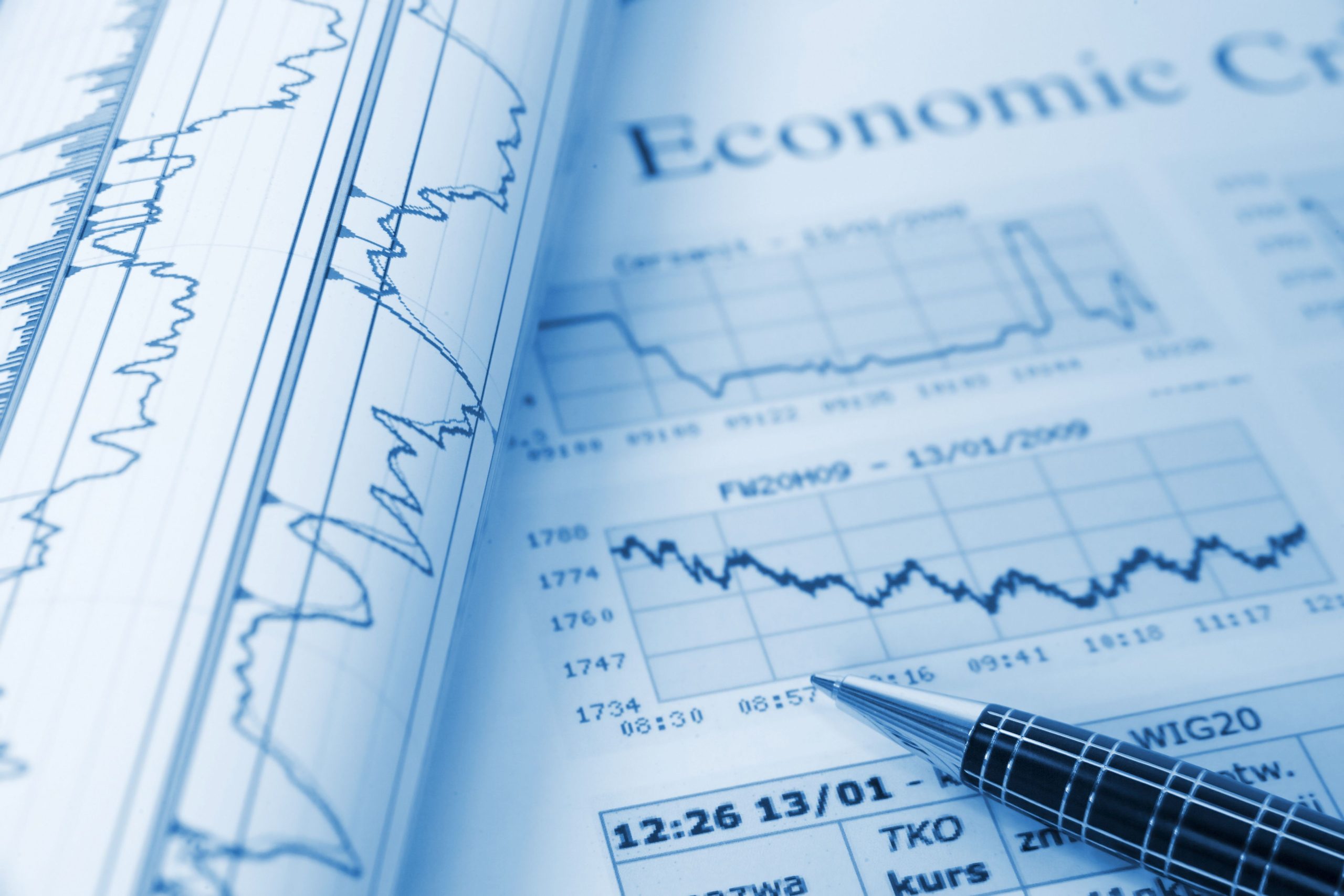

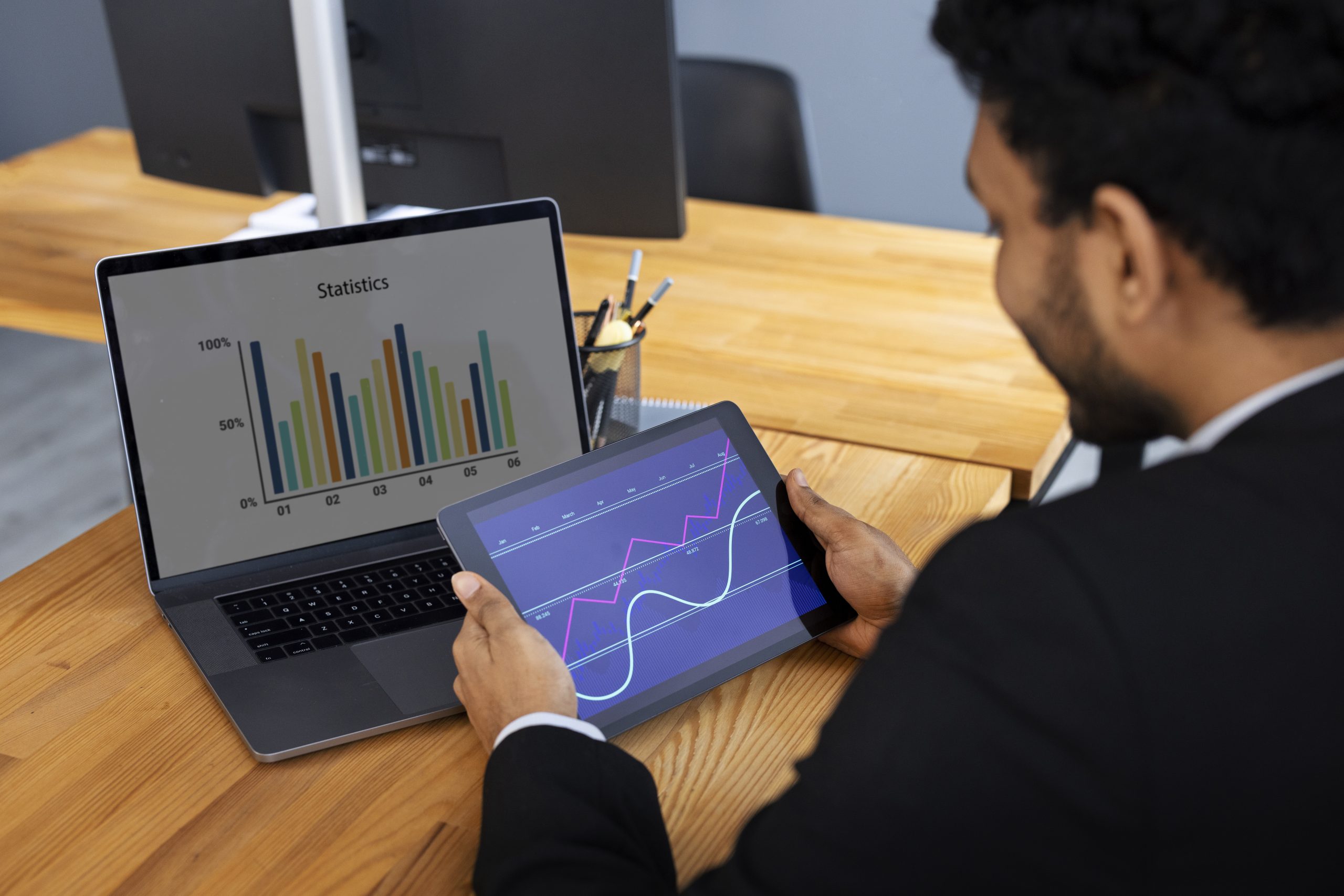

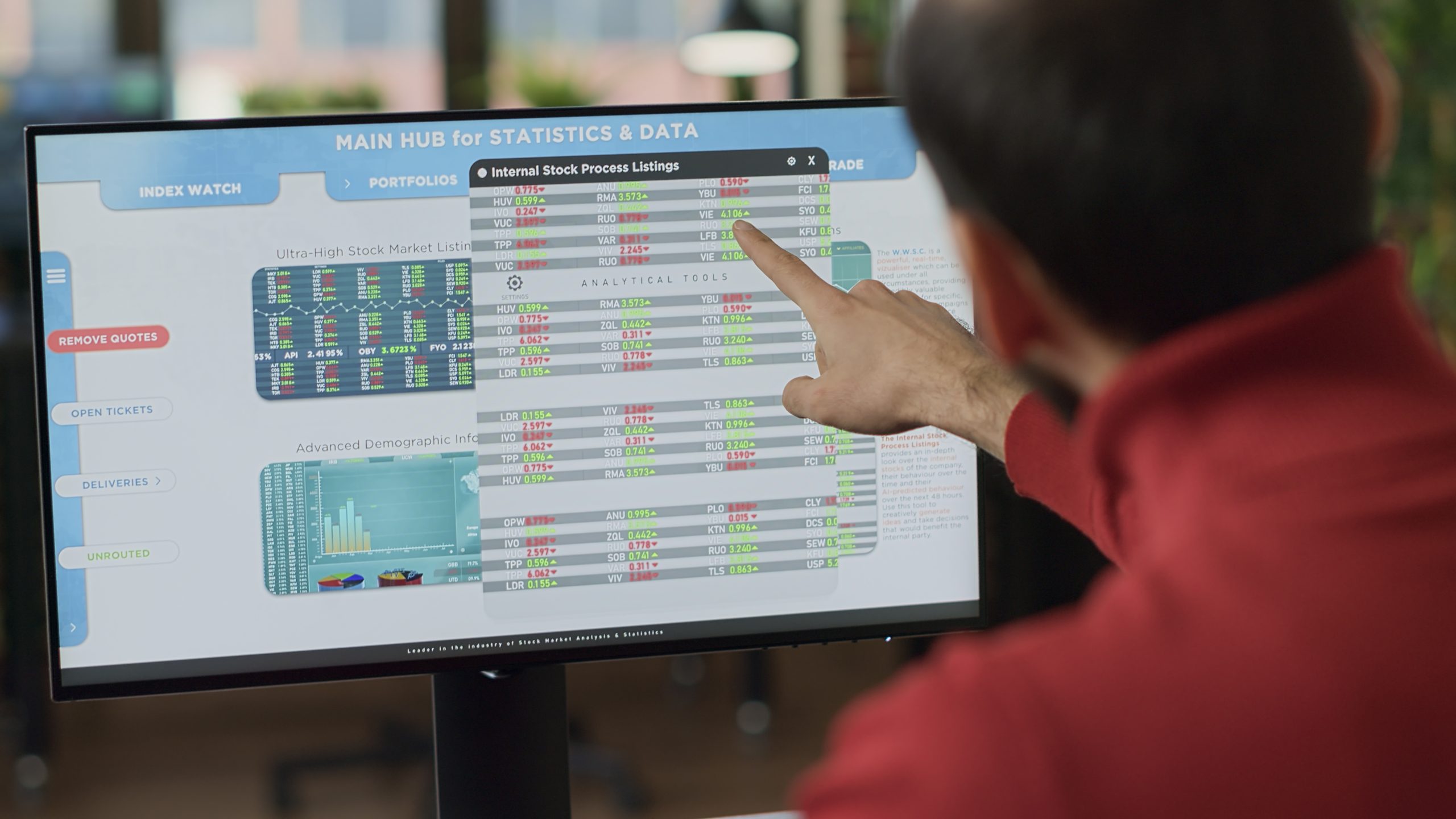

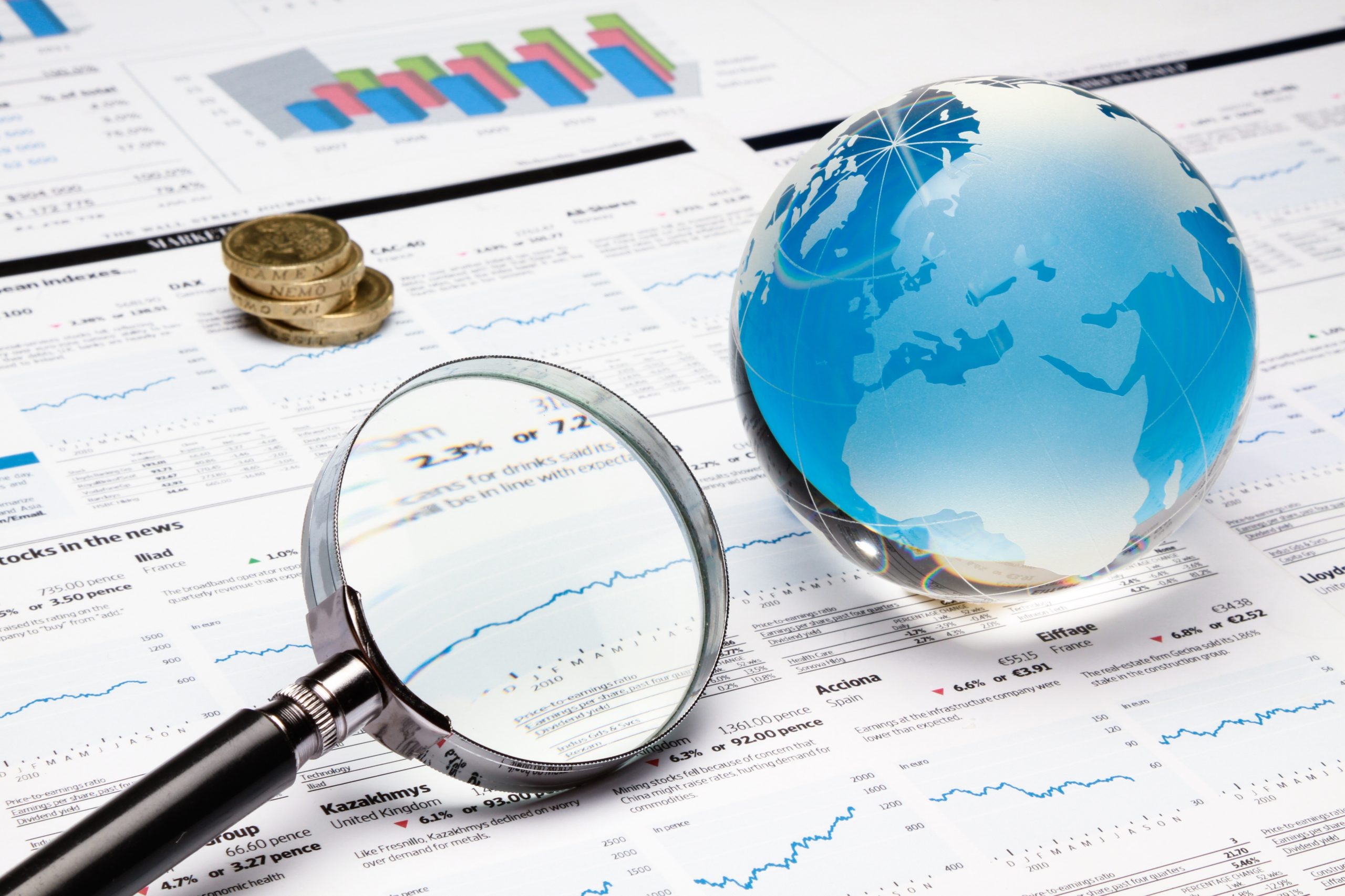
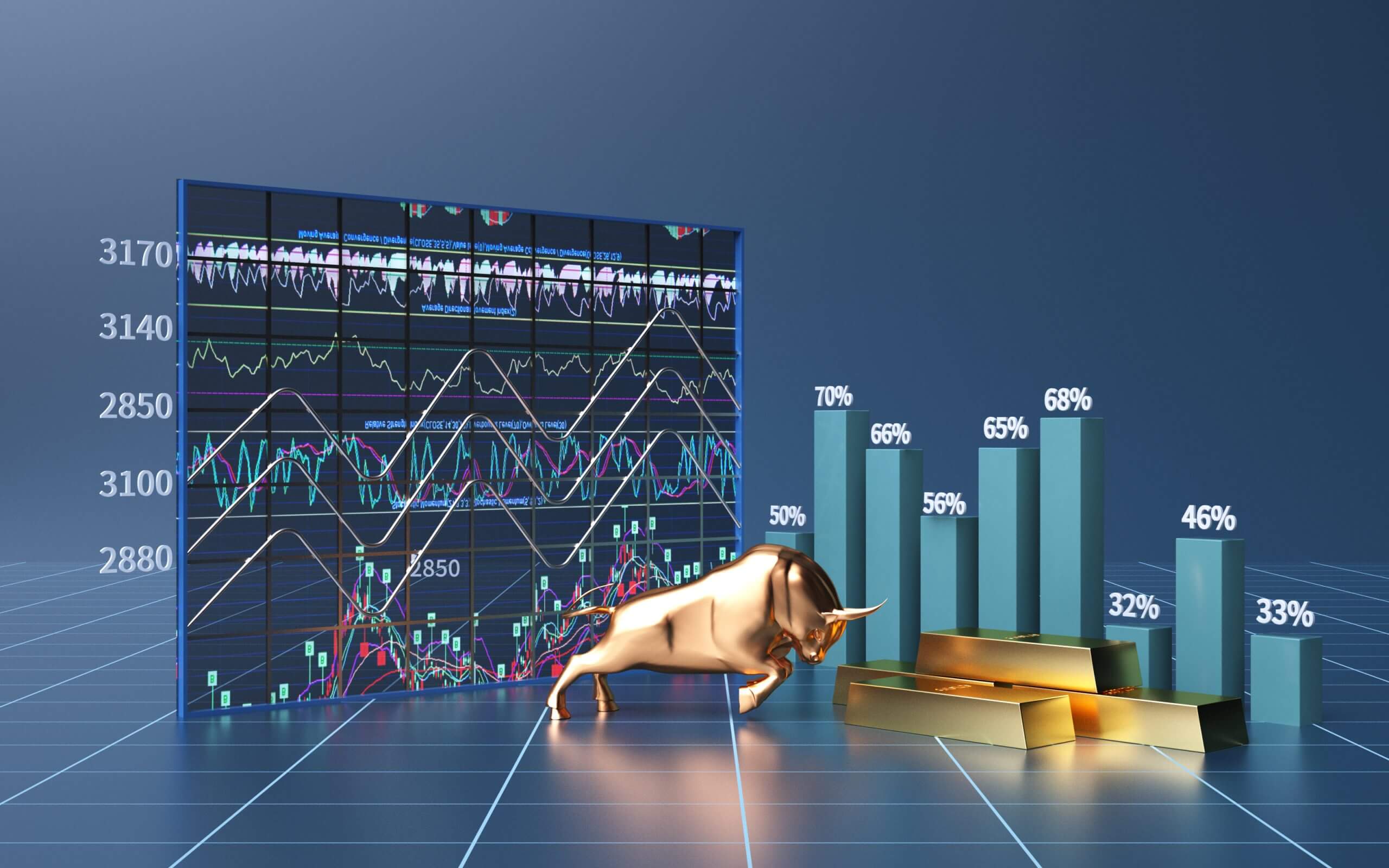
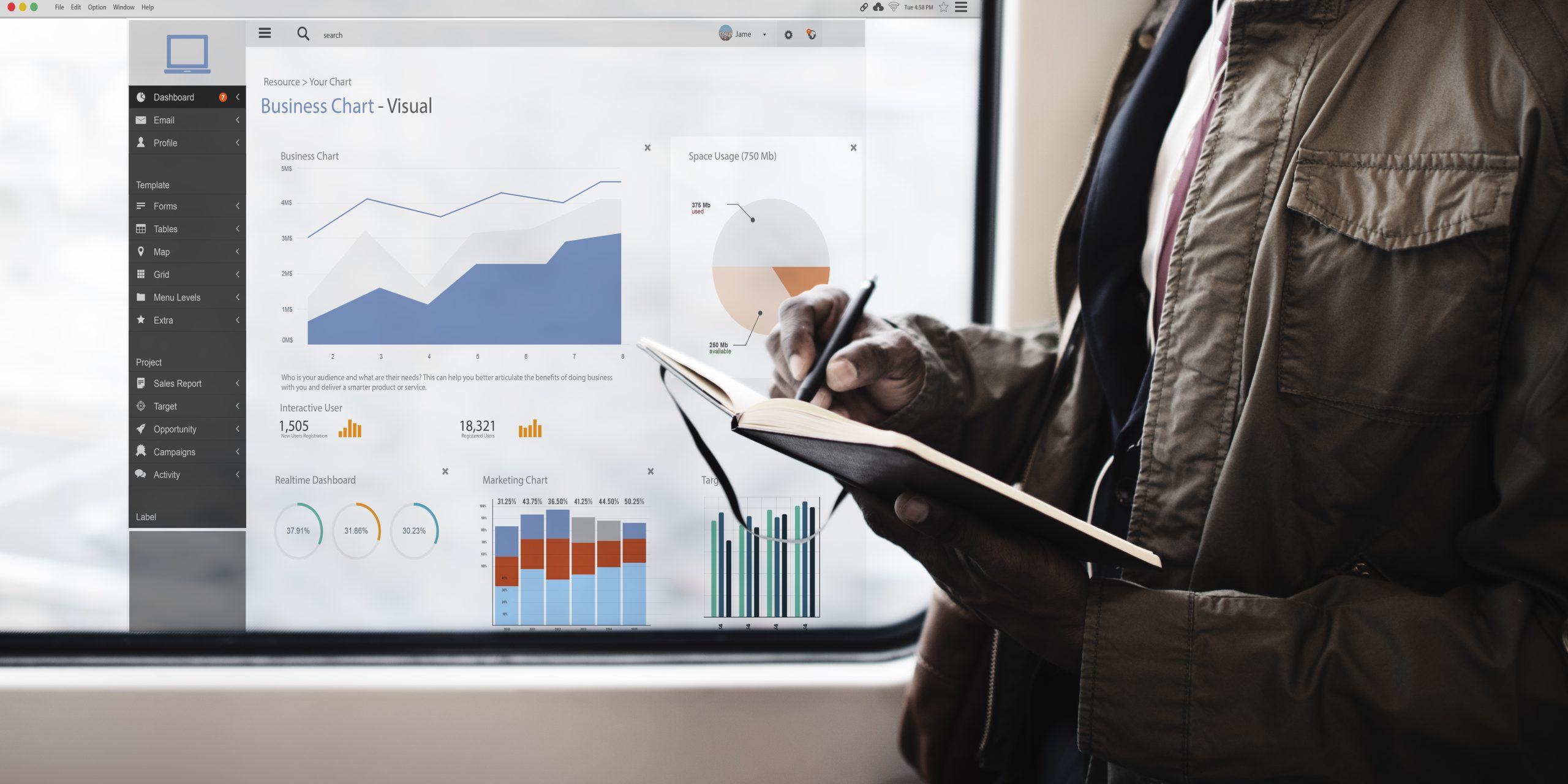

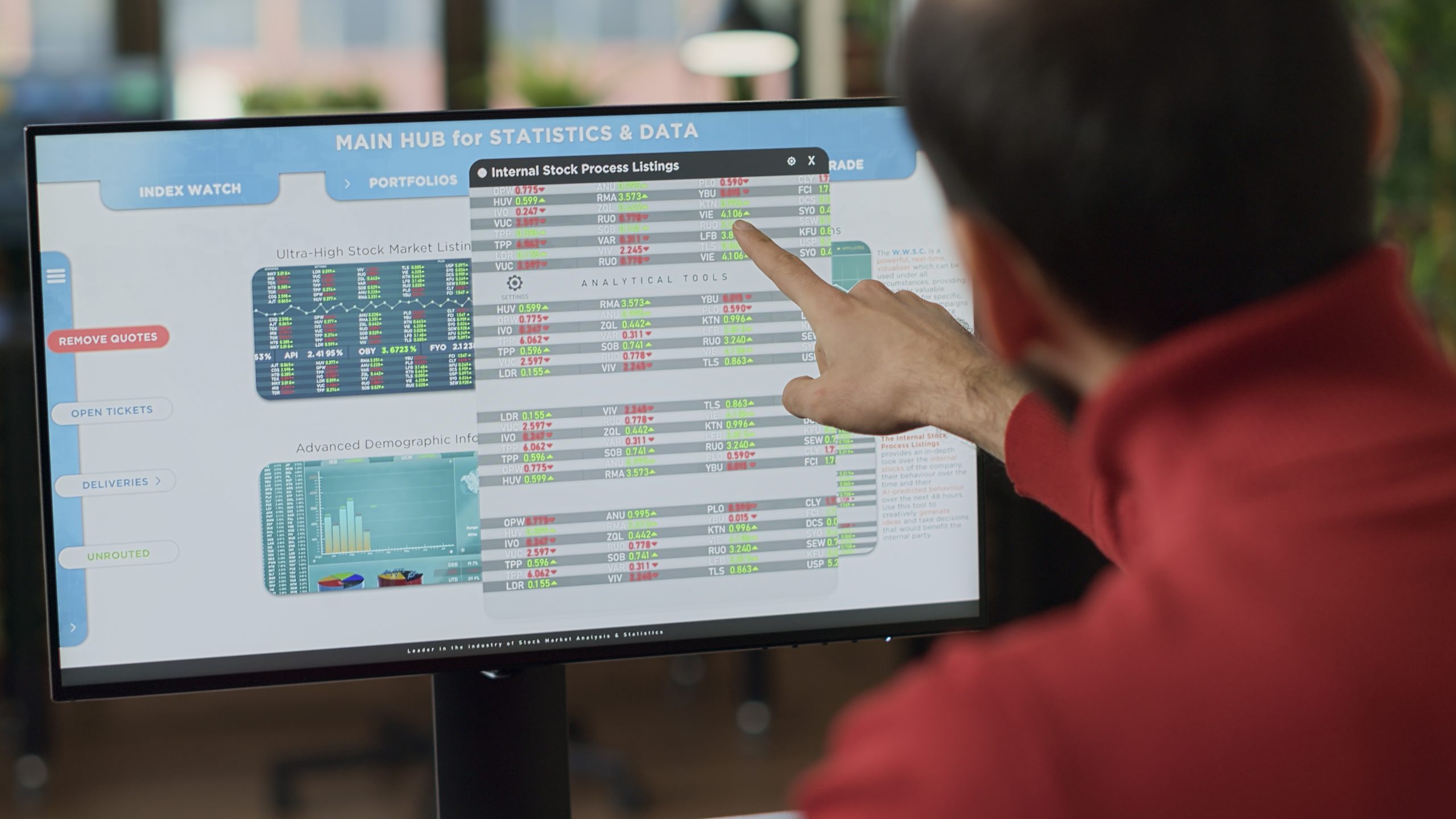


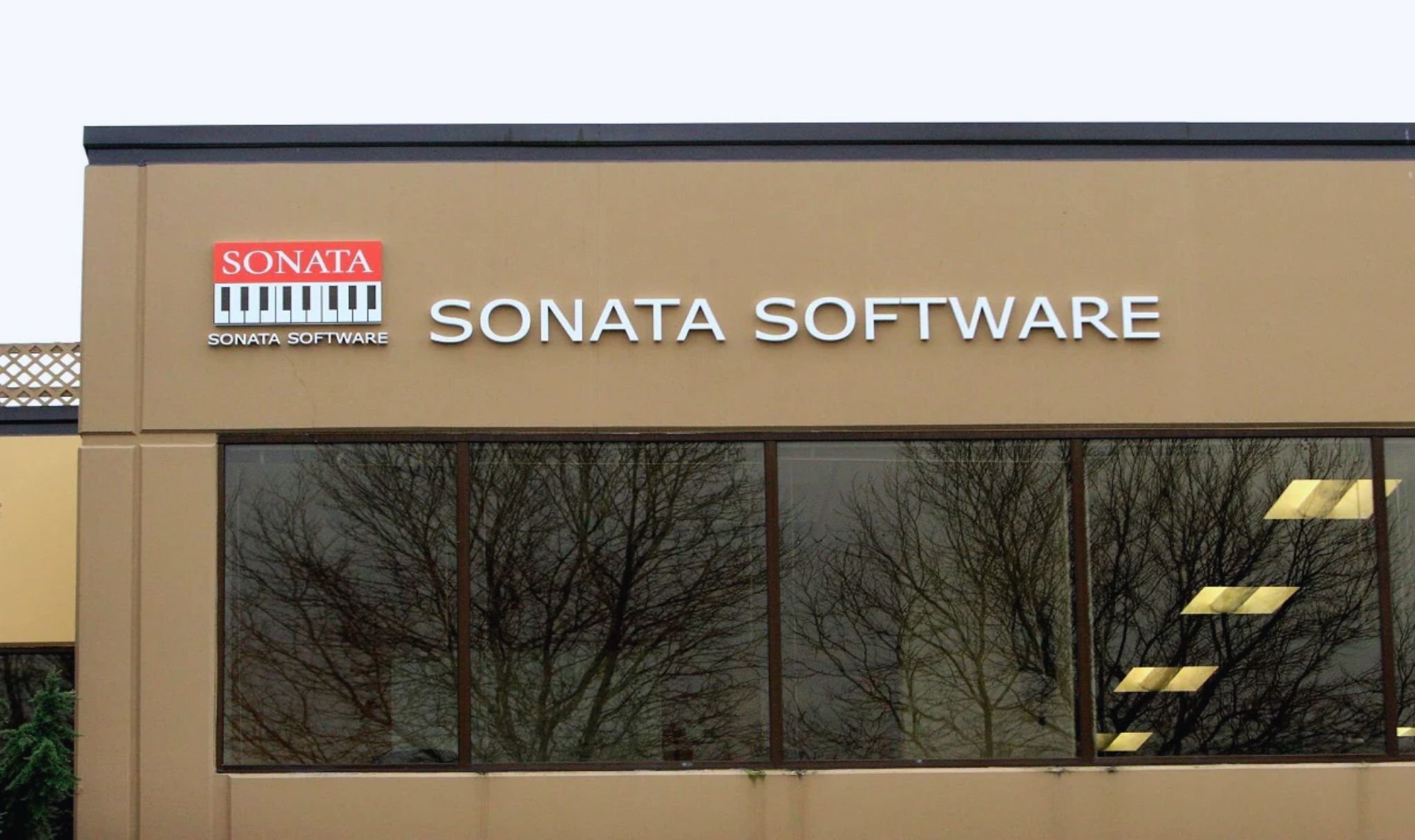

0 Comments